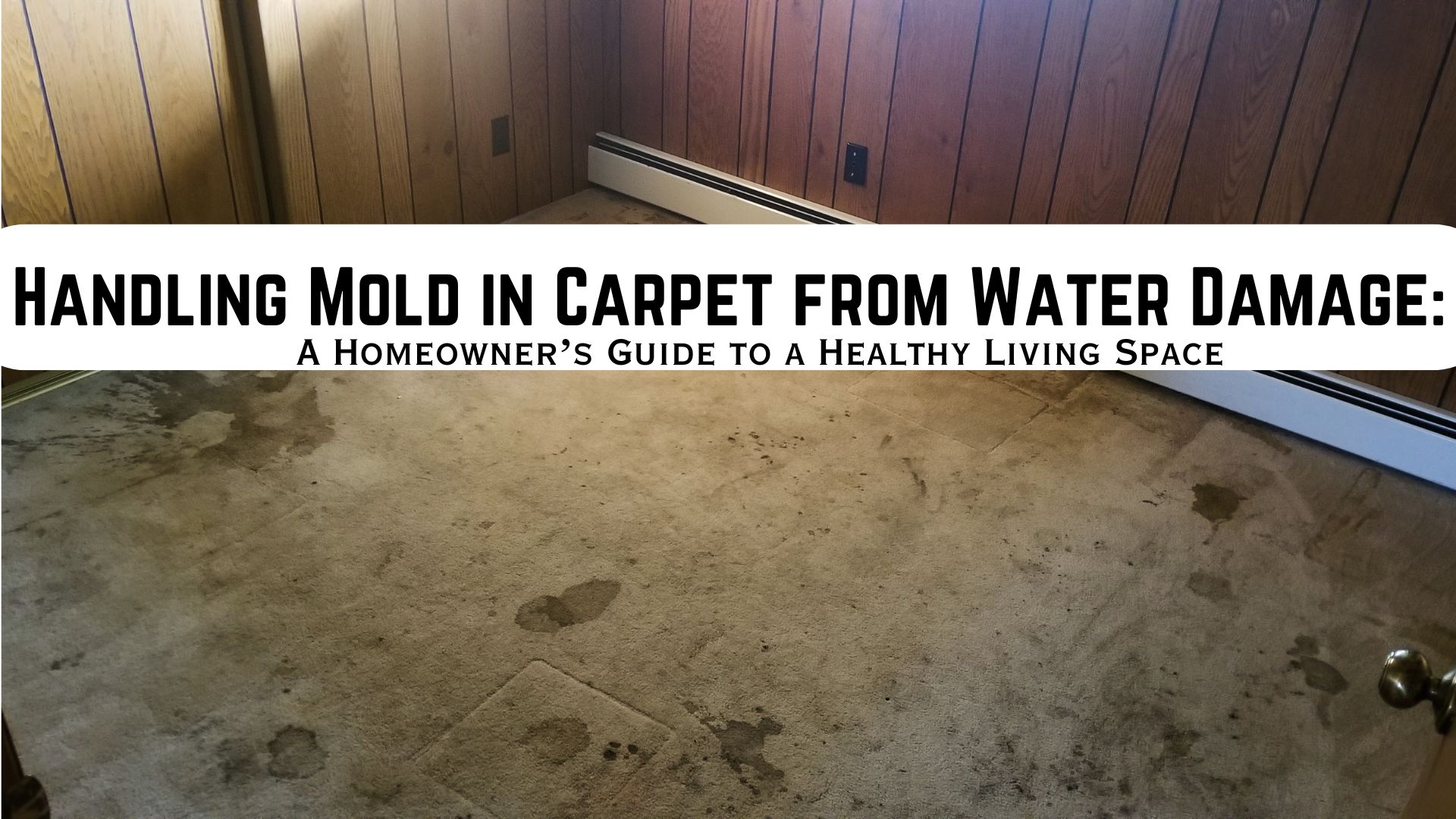
A flooded home can be a devastating experience, and water-damaged furniture can add to the stress and frustration. But don’t despair! With the right approach, you can often restore your beloved pieces to their former glory.
This guide will take you through the stages of assessing, cleaning, drying, and restoring water-damaged furniture.
Understanding the Risks
Water damage can seriously destroy your furniture, leading to:
- Mold and mildew: These harmful organisms can thrive in damp conditions, causing health problems and a musty odor.
- Structural damage: Water can weaken the structural integrity of furniture, leading to warping, cracking, or even collapse.
- Upholstery damage: Fabric upholstery can become stained, discolored, or moldy.
Restoring Your Water-damaged Furniture
Water-damaged furniture can quickly deteriorate if not addressed promptly. Moisture seeps into the wood, causing it to warp, swell, or even rot, while fabric and cushions can develop mold and mildew. The key to saving water-damaged furniture is swift action—drying out the affected pieces thoroughly and assessing the extent of the damage. In some cases, professional restoration may be necessary to restore the integrity and appearance of the furniture, while severely damaged items might need to be replaced to prevent further issues.
Water-damaged Furniture: Taking Immediate Action
If your furniture has been exposed to water, it’s crucial to act quickly to minimize damage:
- Safety first: Turn off the water source and unplug any electrical appliances near the affected area.
- Document the damage: Take photos and videos of the affected furniture for insurance purposes.
- Excess water removal: Utilize a wet-dry vacuum or absorbent materials to get rid of the maximum amount of water.
- Air circulation: Open windows and doors to promote air circulation and help the furniture dry.
Water-damaged Furniture: Assessing the Damage
After the immediate threat has subsided, take a careful look at how much water damage has occurred:
- Examine the frame: Check for any structural damage, such as cracks, warping, or loose joints.
- Inspect upholstery: Assess the condition of the fabric for stains, discoloration, or mold.
- Evaluate internal components: If the furniture has drawers or doors, inspect them for water damage.
Cleaning and Drying
For minor water damage, you may be able to restore your furniture yourself. Here are some tips:
- Clean upholstered furniture: Remove any removable covers and clean them according to the manufacturer’s instructions. Use a mild detergent and water to clean the frame and cushions.
- Dry thoroughly: To expedite the drying process, place the furniture in a well-ventilated area and utilize fans or dehumidifiers. Direct sunlight should be avoided to prevent wood warping or cracking.
- Address mold: If you find mold, follow proper mold remediation procedures to remove it and prevent future growth.
Professional Restoration
For more severe water damage, it’s often best to seek professional help. A restoration company can assess the damage, salvage what’s possible, and recommend appropriate repairs or replacements.
Preventing Future Water Damage
To protect your furniture from future water damage, consider the following:
- Maintain your plumbing system: Regularly inspect pipes and fixtures for leaks and address them promptly.
- Protect against flooding: Install flood barriers or sump pumps in areas prone to flooding.
- Be prepared for emergencies: Have a plan in place for how to respond to water damage, including emergency contact information and a list of essential supplies.
Remember, with proper care and attention, you can often restore water-damaged furniture to its original condition. If you need help, don’t hesitate to reach out to a professional. By taking proactive steps to prevent water damage and address it promptly when it occurs, you can protect your valuable belongings and avoid costly repairs. Contact Water Damage Temecula for any water damage issues.



